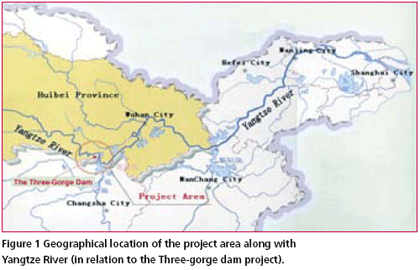Articles tagged with: FENGMING WAN

China has a vast expanse of land with intertwining rivers and mountains, abounds in lakes and reservoirs. The survey of rivers and lakes as well as the protection and exploitation of these resources plays an important role in Chinese economy. Cross-section survey of water bodies is a key part in hydrographic engineering survey. Traditional methods of cross section survey of a river such as theodolite intersection, theodolite stadia, electronic distance measurement, depth-surveying bar, leadline, handlead survey and echo sounder are the main methods used for water bathymetry. These methods are not only prone to the inaccuracy of instruments, distances, weather conditions, intervisibility and communication device, but also involved in tedious workload which leads to low efficiency. Some unfavorable factors such as the flow of the water and the nonlinear movement of the surveying ship make measuring the depth of the water more difficult. Lack of skills and cooperation among surveyors might result in a low accuracy in the position fix of cross-section points, thus further affects the quality of cross-section survey of the river. The application of real-time kinematic (RTK) GPS positioning technique has opened a new avenue for the crosssection survey of rivers (Wu, 2005). Simultaneous utilization of RTK GPS technology and the shipboard sounding method (e.g. digital depth sounder) will greatly improve the accuracy and efficiency of cross-sectioning survey of rivers(Qiu and Fong, 2002; Qiu 2004; Zhang et al, 2002).










 (5.00 out of 5)
(5.00 out of 5)